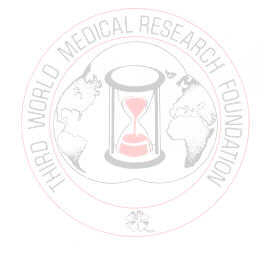Since centuries BC,
The Grim Reaper has visited the poor and starving of many lands in the
innocent guise of the chickling pea: the legume Lathyrus sativus.
It flourishes in
conditions of the most devastating flood and drought, when no other food
crop survives. An especially hardy plant, the chickling pea historically
has served as an inexpensive survival food for the poor of certain
developing countries. The tragic consequences of its consumption
may have been recognized as early as the 4th century B.C., but the
message has failed to reach those who must consume the foodstuff to
survive. It fills ravenous bellies with good tasting rich protein,
boiled as a vegetable, eaten as gruel, or ground into flour to make
bread.
In exchange, it exacts
a terrible toll, attacking the central nervous system to produce
irreversible spasticty. Early symptoms include walking
difficulties, unbearable cramps, and leg weakness.
Total paralysis is the
final visitation of the disease known as Lathyrism.
Consequently, outbreaks of
lathyrism have occurred repeatedly throughout history and, today, tens
of thousands affected during recent epidemics in Ethiopia, India, and
Bangladesh, are permanently crippled. In parts of Asia and Africa
this disease may cripple as many a 2.5 per cent of the population. One
such an epidemic occurred in the 1970's, which left one per cent of the
people of the vast Gondar region of Ethiopia permanently crippled.
Families, even whole communities, are often deprived of their
breadwinners, and unable to continue the struggle against
starvation.
 THE
TURNING POINT
THE
TURNING POINT
The neurotoxic amino acid BOAA has
been identified as the constituent of the chickling pea responsible for
the disease.
In its brief existence, the Third
World Medical Research Foundation took the lead in an ambitious research
program into the characteristics and prevalence patterns of Lathyrus
sativus. The organization has worked tirelessly to
promote the need for a toxin-free, wholly nutritious strain of the legume.
The program included a major study
in Ethiopia. Laboratory and fieldwork was planned as a matter of
urgency in India and Bangladesh.
The successful development of an
entirely safe high protein food staple resistant to drought and flood
was, and still is, potentially revolutionary. Savings in human
suffering could be unprecedented. Savings in Western aid can be
great in proportion.
Breakthroughs in our understanding
of related Western neurological diseases, such as the motor neuron
disease, Parkinson's, and Alzheimer's, can be greatly speeded through
our work on Lathyrism.
THE COST?
TWMRF's Ethiopian study was
launched with a grant from Band Aid, for which we are deeply grateful.
In India, Bangladesh and Nepal, the
cost of conducting a social/agronomic/medical investigation of local
knowledge, practice and experience with Lathyrus sativus and
Lathyrism, and laying the ground work for the introduction of
zero-BOAA
strains into these three countries is as follows:
India $200,000 a year for
three (3) years
Bangladesh $200,000 a year for three
(3) year
Nepal $100,000 a year for three(3) years
Figures include salaries of local social/
medical/ agronomic researchers, laboratory back-up, supplies, equipment;
travel, office rental and administration costs.